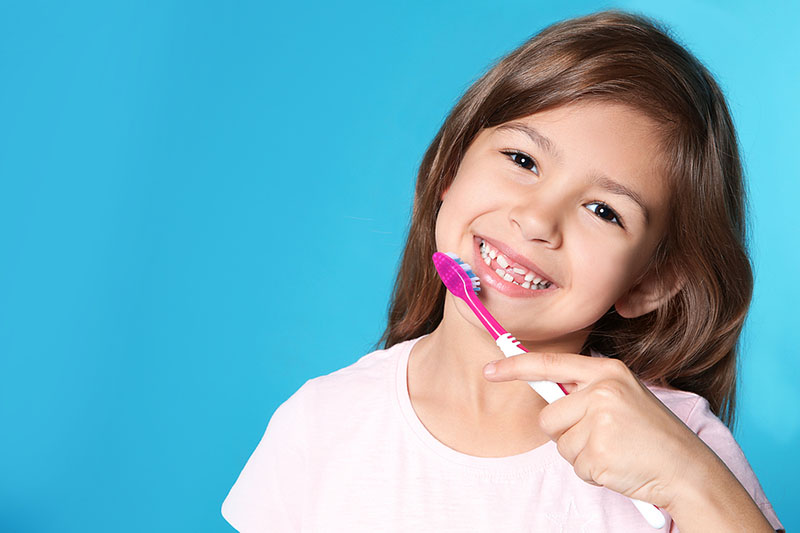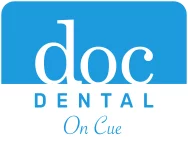The History of Toothbrushes

Although the modern toothbrush has only been around for about 90 years, it is just the latest in a long line of tools used to fight tooth decay. People have been using a wide variety of materials to clean their teeth for thousands of years!
Before Toothbrushes
Long before people began using toothbrushes to ward off tooth decay, our ancestors chewed on sticks or twigs to clean their teeth. The earliest chew sticks found date back to 3500 B.C. in Mesopotamia & a tomb from 3000 B.C. in Egypt. Archeological finds also indicate that people used bird feather quills & porcupine spines to pick & clean their teeth.
Chew sticks are still around in the Middle East & northern Africa in the form of miswaks (also called siwaak or sewak). A miswak is made from twigs from the Salvadora persica tree (or arak in Arabic), which is easily frayed to form a brush-like tip at one end. Miswaks are still used today as part of a Muslim tradition.
Bone & Bristle Toothbrushes
The next evolution in anti-tooth decay tools came from China, where the first actual toothbrushes were invented around the years 600–900. These toothbrushes typically had handles made from bone or bamboo & bristles made from the stiff hair of northern hogs.
This Chinese invention of bristled toothbrushes eventually made it to Europe in the 1600s. Europeans changed the design slightly by replacing hog hairs with horse hair, which were softer & therefore preferable.
The first mass-produced toothbrush was designed by William Addis of England in 1780. Addis actually created the first prototype from a piece of bone when he was briefly in prison! After gaining his freedom, he started mass producing the toothbrush, eventually passing the business on to his son. Their Wisdom Toothbrush company was family owned until the 1990s & still produces modern toothbrushes in Europe.
20th Century Innovation
The next big innovation in toothbrushes came with the invention of nylon by the DuPont chemical company in the 1930s. From then on, most toothbrushes were made with softer nylon bristles. Not only were they more pleasant to use & easier on the teeth, they were less likely to harbor bacteria like old-fashioned bristles made from animal hair.
The next big invention in toothbrush technology came with the addition of electricity. The first electric toothbrush was invented in 1954 & became available in the United States in 1960. Like modern electric toothbrushes, the earliest ones involved a motor that vibrated the brush, enhancing the action of the bristles. Even today, electric (& manual) toothbrushes continue to be made slimmer & more efficient than before.
